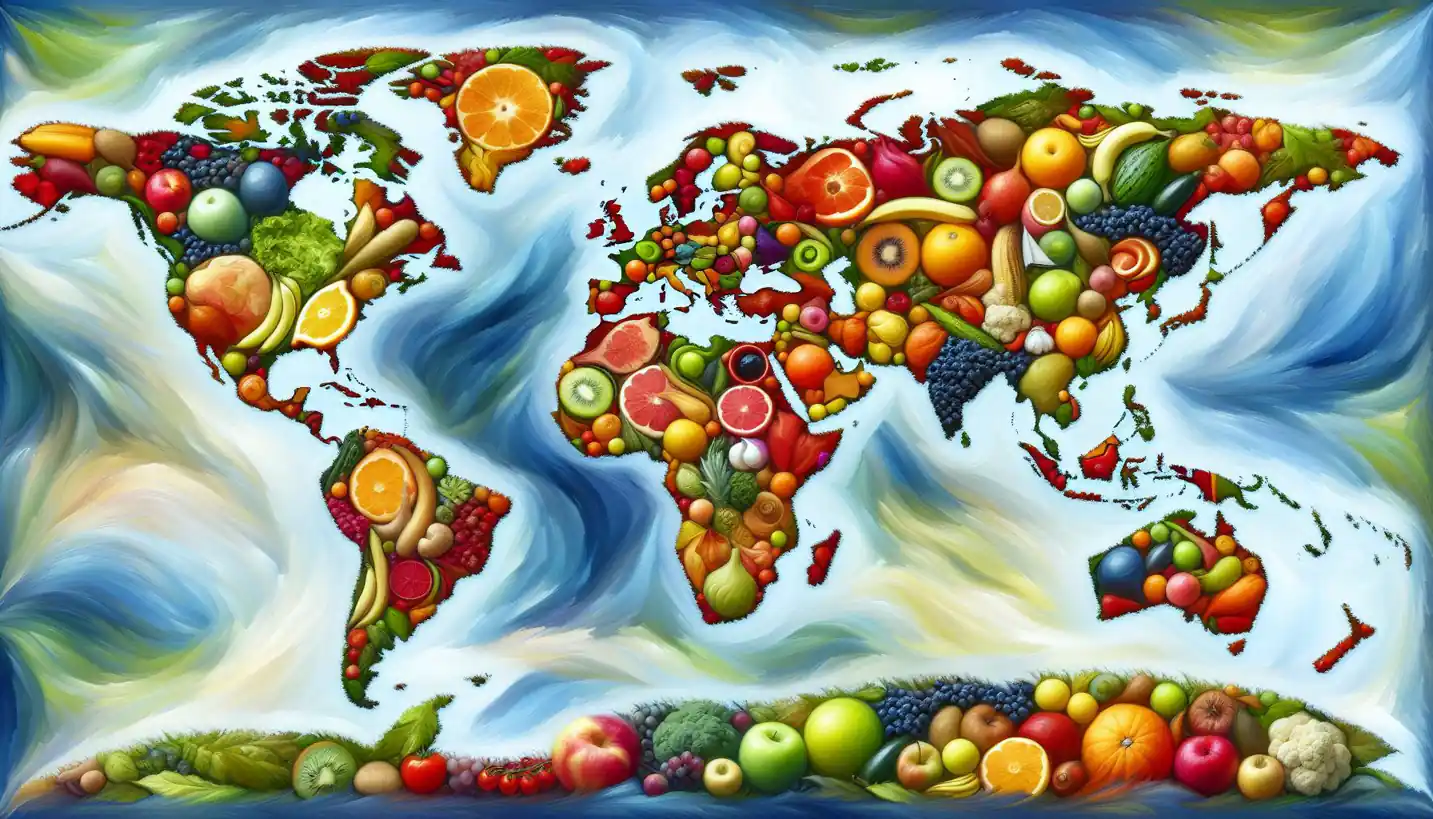· Geography · 4 min read
Environmental Racism: Uncovering Hidden Inequities in Geography
Environmental racism highlights unequal geographical impacts, often hidden in everyday landscapes. Discover how geography uncovers these systemic injustices.

Environmental racism might sound like a complex term, but it touches many aspects of our everyday lives. At its core, it’s about how environmental hazards affect people differently based on race. Let’s dive into this important concept to see how geography plays a big role in who gets impacted the most.
In many industrial neighborhoods, you’ll notice that factories and waste dumps aren’t spread out evenly. Typically, these environmentally hazardous sites are located near communities with fewer resources and often with larger populations of racial minorities. This isn’t just by accident. Histories of discrimination and economic disparity have made certain neighborhoods more vulnerable, creating a cycle that can be hard to break.
The Roots of Environmental Racism
To understand how environmental racism began, we need to look back at history. For many years, marginalized communities have had little say in where harmful facilities are placed. Decisions made decades ago continue to affect these neighborhoods, with pollutants leading to health problems that disproportionately affect people of color.
Consider zoning laws and housing policies, for example. These can act like invisible walls, trapping certain communities in areas with poor air quality and limited access to green spaces. This is no simple coincidence but rather an intertwining of geographic and social elements that create systemic inequalities.
Geography’s Role in Inequality
Geography isn’t just about maps and landscapes. It’s a way to analyze how places are organized and how communities interact with their surroundings. When we study environmental racism, geography helps us see patterns of discrimination that might otherwise go unnoticed.
Let’s take a closer look at urban areas. In cities, you often find that the least desirable locations—those near highways, factories, or waste processing centers—are where marginalized communities live. This isn’t just because they’re more affordable; it’s largely because of historical and systemic factors that have guided where people can live.
Real-Life Examples
Think about the city of Flint, Michigan. The water crisis that began in 2014 opened many eyes to environmental racism. Here, due to aging infrastructure and poor political decisions, lead contaminated the water supply, affecting thousands. Most significantly, it hit a predominantly African American community the hardest.
Or consider Cancer Alley in Louisiana, a stretch along the Mississippi River dense with petrochemical plants. Residents, largely African American and low-income, suffer from health issues believed to be related to pollution, yet struggle to relocate or receive adequate healthcare.
These real-life scenarios highlight how deeply entrenched environmental racism can be and the urgent need for solutions.
The Health Impact
Living in areas prone to environmental hazards doesn’t just mean dealing with unpleasant smells or sights. It often leads to serious health outcomes, such as asthma, heart disease, and cancer. People living near factories and dumps are exposed to air and water pollutants that can have lifelong health consequences.
Children growing up in these areas might have higher rates of respiratory issues, impacting their development and education. Such health disparities underline the need for equitable environmental policies that protect everyone, regardless of race or income.
Working Towards Change
So, what can be done to combat environmental racism? A significant step is amplifying the voices of affected communities. They are often the best advocates for their needs, but they require platforms and resources to be heard.
Governments and organizations need to implement and enforce stricter regulations on where industrial sites can be placed. More importantly, they should ensure communities have clean air and water. Efforts toward clean energy and sustainable practices also offer promising pathways to reducing environmental hazards.
Community education and grassroots movements are powerful tools. By raising awareness and demanding accountability, local groups can influence policy changes. It’s about everyone working together to create healthier and more equitable living spaces.
Why It Matters
Addressing environmental racism isn’t just about fairness; it’s about fostering healthier communities and saving lives. When everyone has equal access to clean air and water, society as a whole benefits. Plus, solving these issues often leads to advancements in technology and policy, paving the way for a more sustainable future.
Environmental racism is a critical aspect of geography that begs for attention and action. While the road toward equity is long and challenging, it’s a necessary journey that starts with awareness and leads to lasting change. By shining a light on these hidden inequities, we all can take steps toward a more just world.


